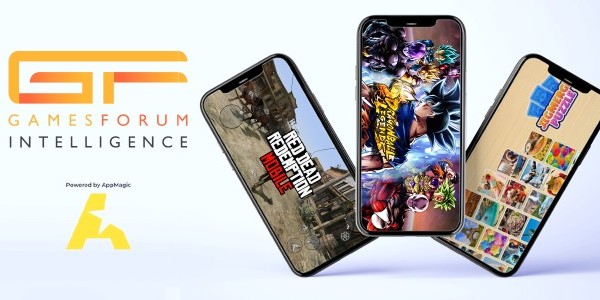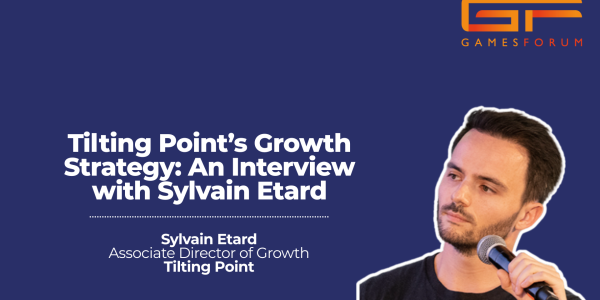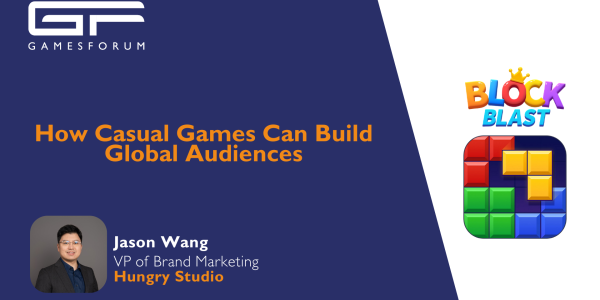PLAY TOGETHER: Toon Town Meets Fall Guys

PLAY TOGETHER by Korean publisher Haegin Co. Ltd is a shockingly colourless name for a game that’s anything but. Painted in vibrant pastel hues with a soft cell-shaded aesthetic, this MMO harkens back to Toon Town in its heyday, offering a virtual play area catered to children but enjoyable to a wider audience.
 PLAY TOGETHER is filled to the brim with interesting activities and fun mini-games.
PLAY TOGETHER is filled to the brim with interesting activities and fun mini-games.PLAY TOGETHER is essentially a collection of mini-games wrapped in a walking simulator. After creating and naming your character, you’re plopped in the middle of Kaia Island, a big-ish, walkable game zone filled to the brim with interesting structures that serve as portals for accessing the various mini-games. Kaia Island has a giant stage with instruments that you can hop onto and play, a pier by the beach where players sit together and fish, a massive golden carousel that glows in the night, a skating park, a campgrounds, a haunted house, a school, an arcade zone, a subway, a pet shop, and so many more things and places to visit that also have countless things that you can poke at and tap to uncover new activities and interactions.
And, of course, you can play together, whether with friends or random strangers you meet in the plaza. While most of the activities in PLAY TOGETHER are done solo, entering the GAME ZONE puts you into a queue that throws you and 29 other people into a gauntlet of mini-games, Fall Guys style -- indeed, some of the mini-games seem to have been lifted from Mediatonic’s 2020 hit. Unlike most Fall Guys clones, the gauntlet in PLAY TOGETHER is surprisingly well put together, with decent controls and lots of fun animations and quick chat options to keep things light.
 Those who’ve played Fall Guys should recognize this mini-game.
Those who’ve played Fall Guys should recognize this mini-game.The school is also heavily inspired by another game: Bully. School begins starting from 9AM every in-game day and runs until the afternoon. You can take part in a class by simply taking a seat in a lesson that’s currently in session. Each class consists of a short mini-game loosely related to the class topic (i.e. math class has you adding numbers together, computer class has you typing out words). Once the mini-game is complete, you’re given a grade based on how many correct answers you gave, and even though it doesn’t affect your grade, the game also shows you how fast each player completed the lesson, introducing some light competition to it all.
I was shocked by how readily I jumped into “school mode.” Watching other players rush into class, my classmates jostling to secure a seat in the back of the class, and having lunch in the cafeteria with a dozen or so “kids” made for a surprisingly nostalgia-inducing facsimile of my school years. It’s nothing like real school, obviously (I mean, you get paid for good grades in PLAY TOGETHER school), but even though I didn’t do much socializing in the few hours I spent in PLAY TOGETHER, for the first time in what feels like forever, I felt surrounded by other real people in a virtual setting.
If like the rest of the world you spent the first half of 2020 obsessed with Animal Crossing, then you know the inexplicable appeal of grinding tasks to collect money to purchase furniture for your virtual home. Well, that’s in here, too. Almost everything there is to do in PLAY TOGETHER can be turned into in-game currency, which you then spend on new clothes and hairstyles for your avatar, and fancy furniture and wallpaper for your virtual you’s virtual house.
 PLAY TOGETHER has a million different game mechanics. It’s even got a hunger system.
PLAY TOGETHER has a million different game mechanics. It’s even got a hunger system.But even while I was having a blast playing mini-games, raising my pet egg, or fishing for my next big catch, it was impossible for me to ignore the countless in-app purchases available in the game. Parents certainly have cause for concern -- in a game that’s directed at children, there are countless ways for them to spend your money. And even if none of them are game-changing or pay-to-win, the game is still built upon a foundation of monetizing an underage audience that spends their parents’ money.
In all fairness to PLAY TOGETHER’s developers, creating a free-to-play game for children of this quality is incredibly difficult, and they’ve knocked it out of the park. It’s cute and colorful, there’s tons of things to do and places to explore, and the mini-games are loads of fun to play again and again. It’s the shiniest of skinner boxes, though, and I’d consider monitoring the time your children spend in it.
By Andi Nuruljihad for Gamesforum











